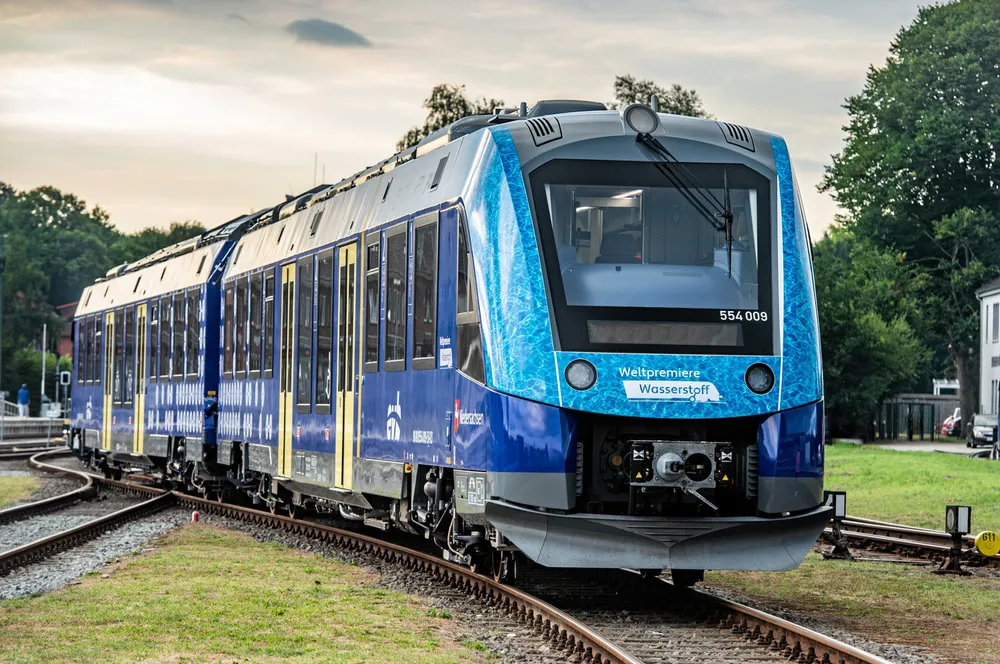Romanian authorities cancel tender for 12 hydrogen trains and associated H2 supply after receiving no bids
Up to $930m had been made available for the contract under the country’s National Recovery and Resilience Plan

Up to $930m had been made available for the contract under the country’s National Recovery and Resilience Plan
